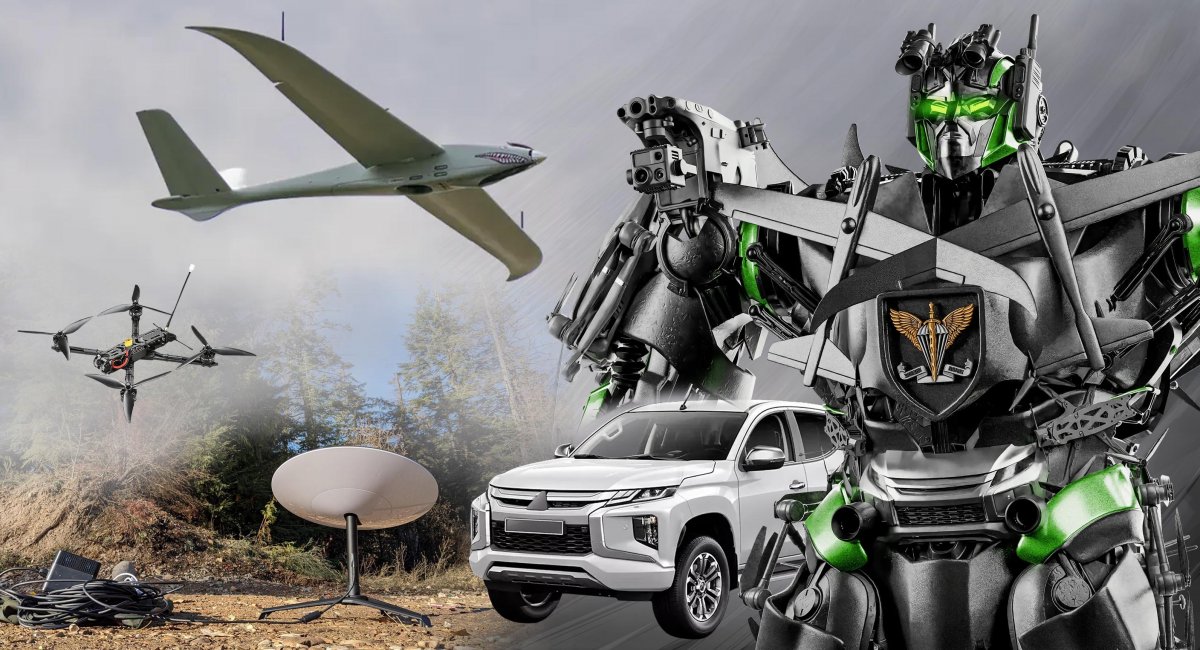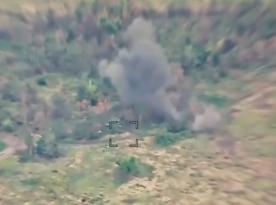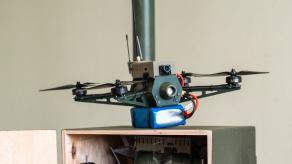Ukrainian OKKO filling station network and Come Back Alive charity have joined hands for a project "fancifully named Pullstron," aimed to procure vital equipment for the Armed Forces of Ukraine. This is the third joint crowdfunding campaign between these two entities since the beginning of the full-scale russian invasion of Ukraine.
This time, however, the organizers try a new approach: instead of mass-purchasing one type of military equipment, they seek to supply strike drone companies of the Air Assault Forces with kits comprising all the troops could need to accomplish their tasks. Each kit includes transport vehicles for mobility, tools for ISR and communication, and weapons to launch a strike independently on a tactical level.
Read more: When Social Media Comments Come in Handy: Shark Drone From Ukrspecsystems Receives an Upgrade

The cornerstone of each set is the Mini-Shark winged aerial drone, capabilities of which Defense Express covered in detail previously. The organizers note that it will provide operational-level reconnaissance, finding targets at an operational depth of up to 30 km from the launch point, and track russian logistics for prolonged times. The drone's capability to operate at zero-zero weather conditions, as well as day- and night-vision cameras, will prove helpful during these tasks. The Mini-Shark is also easy to carry around in a backpack and launch by hand, a feature especially important for the highly mobile units of Air Assault Forces. Apart from Mini-Shark, the units get smaller copter drones for short-range reconnaissance, situation awareness, and relay.
As noted, these items are intended specifically for strike drone companies. Therefore, these companies also need drones to strike, which is why they are provided with a whole variety of options: FPV drones with different operational ranges, one-way and reusable ones, heavy-lift Kazhan and R-34 drone bombers, UAVs equipped with infrared night vision, and more. The idea is so the soldiers get a weapon for every kind of task and every situation. The range of tasks is wide indeed, as listed: " enemy detection, logistics tracking, target tracking, destruction, repelling assaults, counter-battery fire, destruction of fortifications, demining, and a lot more."

The air assault servicemen will also get pick-up vans with improved cross-country capability, night vision goggles for drivers, and communication systems: walkie-talkies, Starlink antennas for Internet access, and many useful utilities.
"We want a unit to be able to provide for a full cycle [of tasks], from deployment to the spot to the hit onto the enemy and the unit's return home," says war veteran with call sign Hlib, a representative from Come Back Alive foundation, in an interview about the Pullstron project with Militarnyi.ua.
A notable asset in the list is the so-called "guided munitions — upgraded versions of the well-known FPV drones," potentially pointing to FPV drones with the so-called "machine vision," a technology allowing them to hit the target even if manual control from the operator gets cut off by EW interference. Such UAVs are already being used by the russian forces and developed by the Ukrainian side as well.
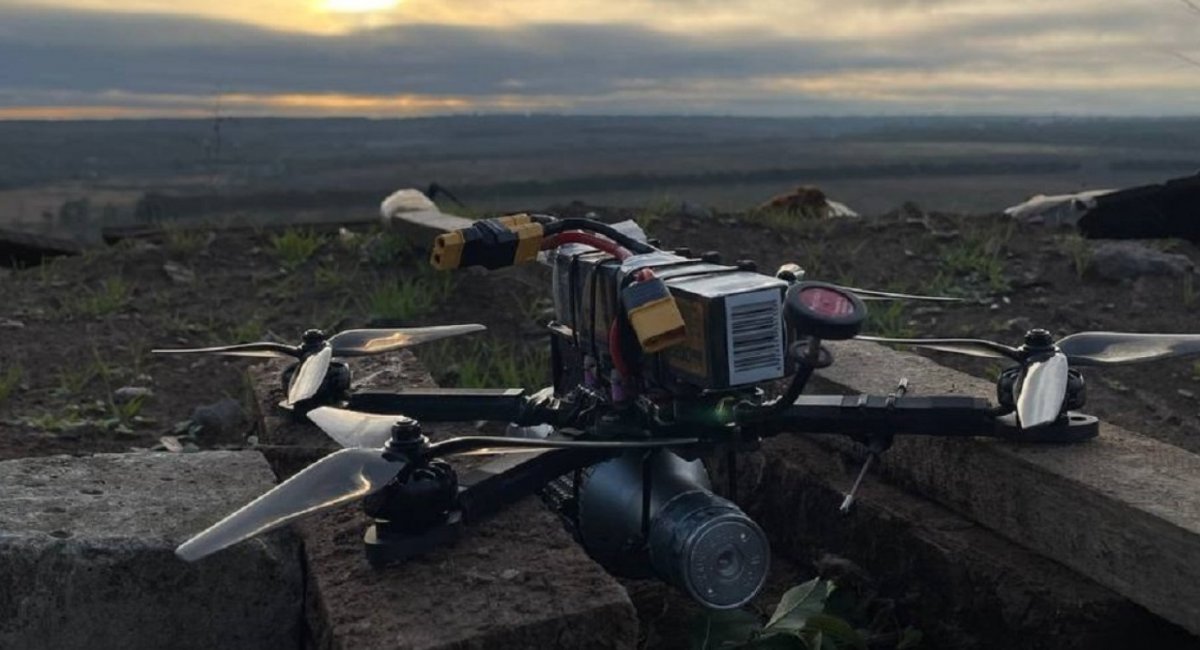
An important aspect of the Ukrainian project is stated by OKKO, the company backing the fundraising initiative:
"All the equipment has already been contracted, and we will transfer it as we receive it, i.e., we are going to transfer the hardware during the project rather than upon its completion. The first set is expected to transfer in April 2024."
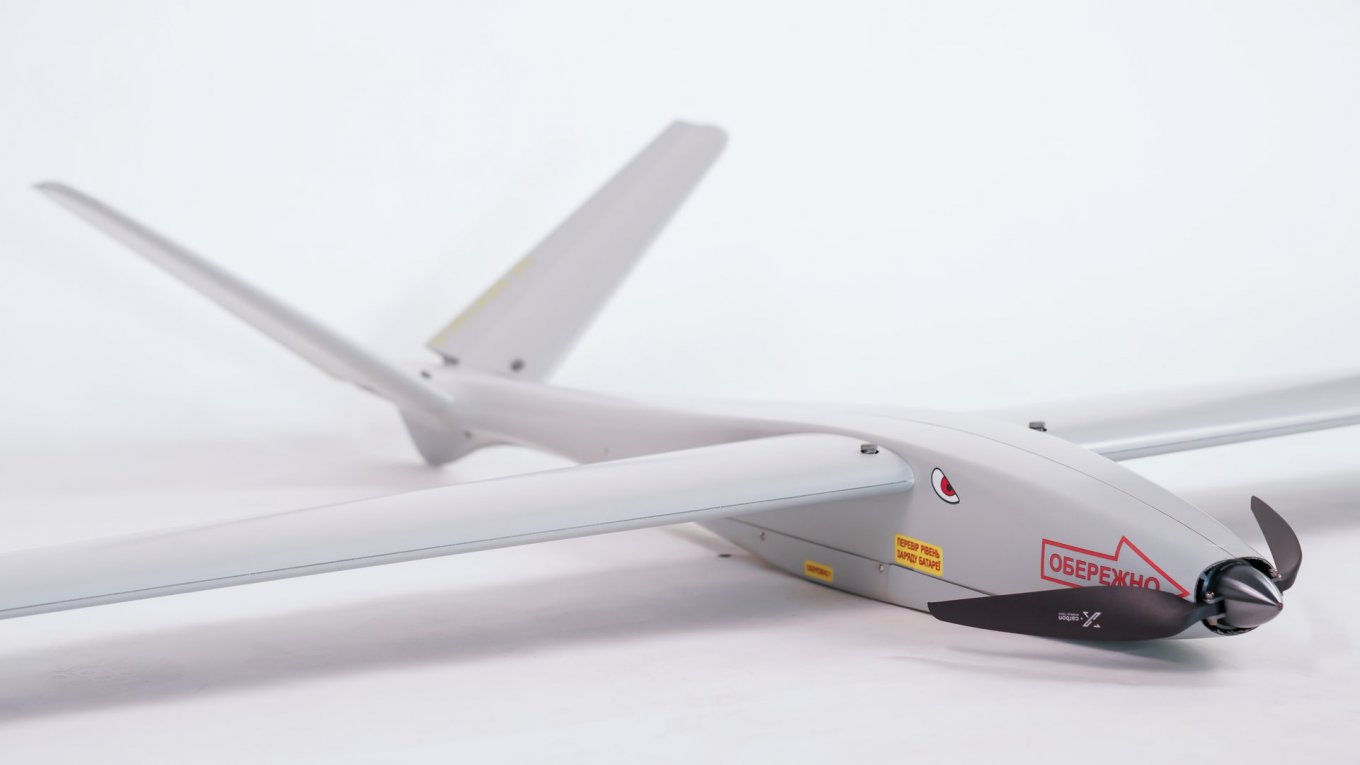
On a note from Defense Express, the Come Back Alive charity fund has been supplying the Ukrainian Armed Forces on a volunteer basis since 2014 and thus has a decent amount of experience and feedback from the military, now manifesting in this project.
Unlike many other initiatives, this time, the organizers want to try a kit-wise approach to equipping the units, an ambition only government departments or foundations as big as Come Back Alive can afford, given the scale. The entire Pullstron project aims to collect UAH 500 million, or over USD 13 million.
The effectiveness of this approach is yet to be tested on the battlefield, though. In an article from a year ago, Defense Express explained how kit-oriented supplies can improve the performance of combat units on the battlefield on a brigade level, involving main battle tanks, artillery, and armored fighting vehicles. Applying the same doctrine to tactical-level units may bring different, maybe even unexpected results, which only time can tell.
Read more: Black Box is Open: Ukrainian Intelligence Disclosed the Secret Weapon Developed with Crowdfunding, its Capabilities and the Targets Eliminated




